How to Be Culturally Conscious Within Autism Therapy
May 04, 2022
May 04, 2022
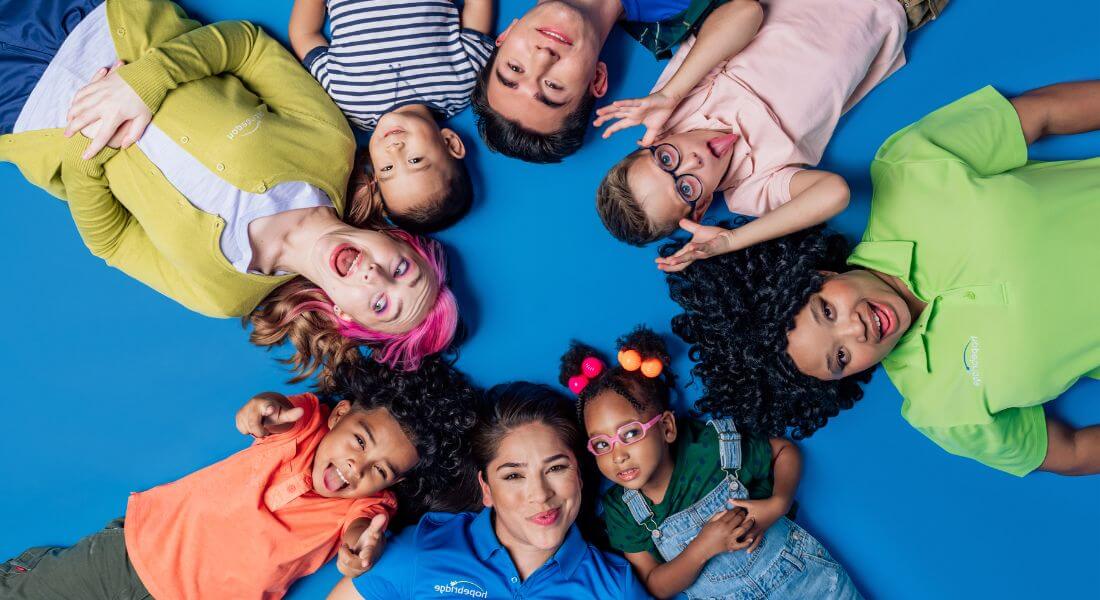
Those of us in the autism world know inclusion means everything. From the language we use and the opportunities our kids have in school, to playdate invitations and equality in the workplace, our Hopebridge team members and families advocate for diversity and acceptance of all kinds for our children and other members of the autism community.
It’s important to remember, however, that this inclusion needs to extend beyond neurodiversity. It is even more meaningful – and necessary, in many cases – to acknowledge diversity and practice cultural awareness at every level.
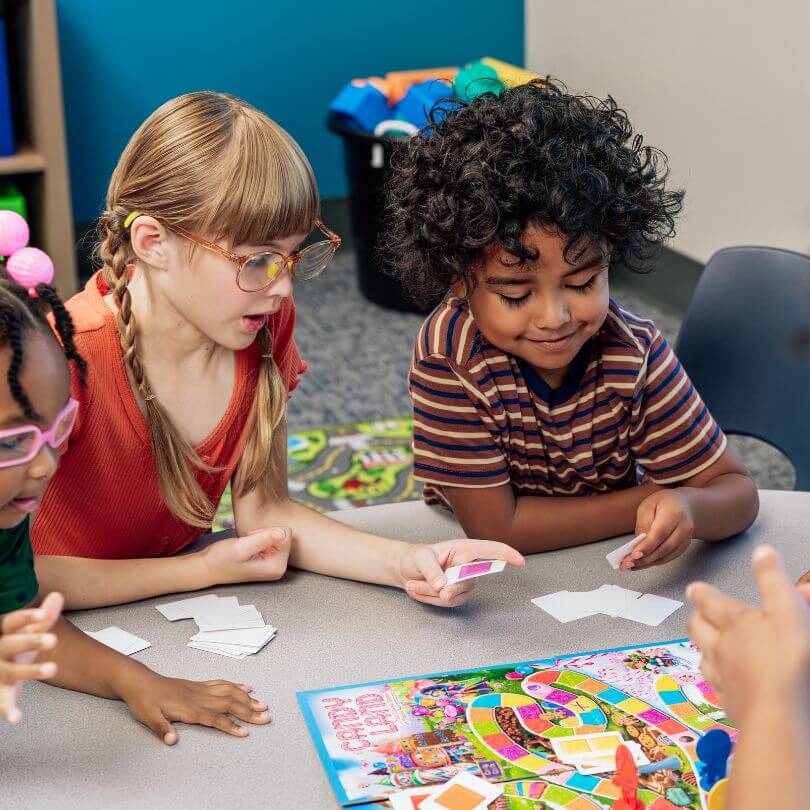
“Understanding culture is not just ‘I’m from here, you’re from there.’ It’s not only in the color of your skin, but who you are as an individual. It’s socioeconomic status, it’s the gender you identify with; there are so many different facets to culture,” said Hopebridge Board Certified Behavior Analyst (BCBA) Brianna Cain. “The variety of aspects of socially appropriate behaviors that make up who you are as a person are so broad, that of course you’re going to be different than anyone else you interact with.”
Being culturally conscious is something our Hopebridge Heroes strive for in our sessions and centers. At the same time, we know it’s an ever-evolving process and there is always room to grow. To learn more about cultural diversity and acceptance in applied behavior analysis (ABA therapy), we consulted with Brianna and Registered Behavior Technician (RBT) Fellow Ninna Maldonado.
“Overall, it’s important that all of us understand that culture is more than race, ethnicity, the color of our skin, what holidays we celebrate or how we dress. It’s part of us. It’s intimate. It’s part of our identity. It’s how we carry ourselves and what we value in life,” said Ninna.
Brianna and Ninna have both experienced the power of cultural recognition at Hopebridge as it relates to their kids, their coworkers and themselves.
Brianna serves on Hopebridge’s Diversity, Equity and Inclusion (DEI) Council. She started with Hopebridge as an RBT Fellow and has since grown into a clinical leadership position, overseeing in-home therapy in the Columbus area, which gives her additional perspective around the significance of culture as it relates to therapy.
Currently a student in school to become a BCBA, Ninna is passionate about helping families of the Latinx community integrate into Hopebridge’s centers. Her primary language is Spanish and she has expertise in building rapport with the Hispanic and Latino community in Hopebridge’s therapy center in Dublin, Ohio.
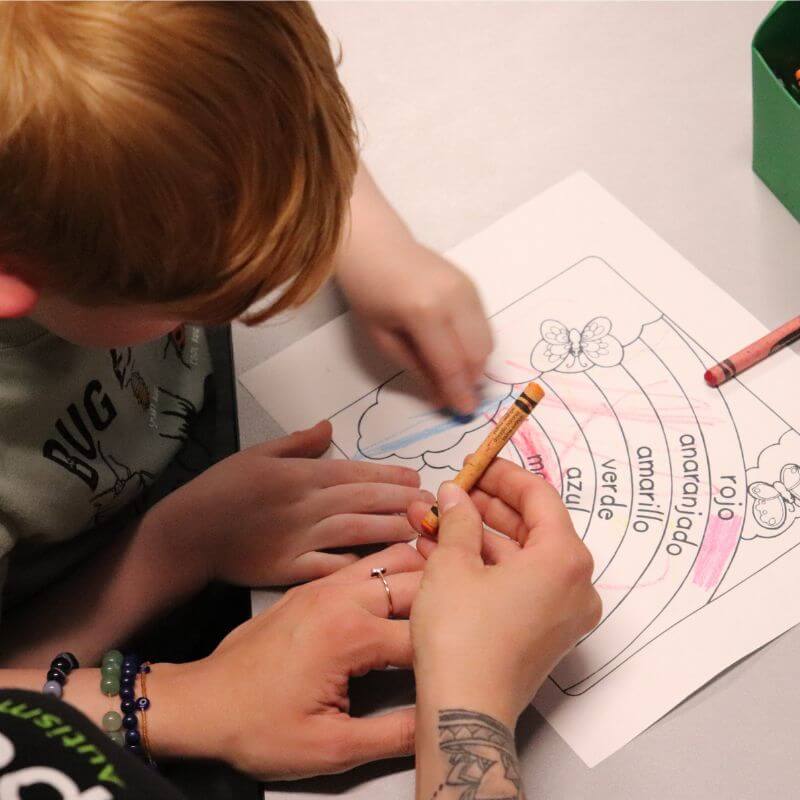
Both clinicians urge their colleagues – and the general community – to go out of their way to learn about other cultures, including recognizing and accepting the differences in people, rather than acting as if those differences do not exist.
“Teaching your child to be colorblind may actually hinder them. Instead, acknowledge that people look different, have learned differently, and were raised differently,” said Brianna. “Perspective is such a big part of being culturally aware. We can’t automatically assume that because someone does something differently than we do, that it is the wrong way.”
What sparked Brianna’s deeper interest in cultural awareness was the connection she was able to create with families because of it. For instance, she has worked with a few children of Middle Eastern descent. For one of these families, Brianna notes that she needed to learn more about the dynamic of male dominance within their culture, as the father was not accustomed to a female – in this case, Brianna, as the behavior analyst – coaching him on what to do with his child.
“I originally took it personally and had to take a step back. I had to be more mindful of the culture and recognize that I might get pushback, so I needed to be very clear as to my intentions in order to work together for the good of their child. This experience not only helped me better support their family, but also helped me with my own understanding and acceptance of these differences between cultures,” said Brianna.
During these efforts to learn more about others, it is natural for some people to be a little nervous or unsure as to how to go about it appropriately.
Take Cinco de Mayo, for instance, of which celebrations in the United States do not typically honor its roots in an appropriate manner. Maybe rather than partying on this day, Brianna encourages people to think about what they can do to spread awareness or celebrate Hispanic culture in a way that sheds a more positive light.
“Go to the source of the information and the people who grew up in those spaces. Having open dialogue with families and coworkers from these cultures can expand our education while also showing that we care,” said Brianna. “To change the narrative, you have to learn a new story.”
While it is good to practice cultural sensitivity, Ninna does not want the fear of offense or appropriation to hold people back from educating themselves or others.
“Talking about culture can often feel taboo. People sometimes worry about stepping on others’ toes or spreading misinformation, but holding back can lead to a culture gap. Communication and transparency are the keys to tackling this. Pay attention to our differences and how they make each one of us unique. Go to the source to ask questions,” said Ninna.
“I like to notice the diversity within our team. We may not speak in the same way or do things in the same manner, but that is what makes us stronger as a team.”
The practice of applied behavior analysis should always be culturally responsive. The Ethics Code for Behavior Analysts guides clinicians to uphold cultural responsiveness, diversity, nondiscrimination and awareness of personal biases, as well as to treat others with compassion, dignity and respect.
Brianna notes that our work stands on the seven dimensions of ABA, which includes making sure our practice is socially significant to the children and families we serve.
“Within ABA, it is easy to focus so much on the assessments and fundamental skills that are comfortable to us personally, that we lose sight of what is socially significant to the families,” said Brianna. “When we’re working on social behavior and adaptive living skills, there are things that I may think are socially appropriate, but the parents may not know how to tell me that they don’t do those things in their home. Within this field, it’s so important to put our own biases and perspectives aside.”
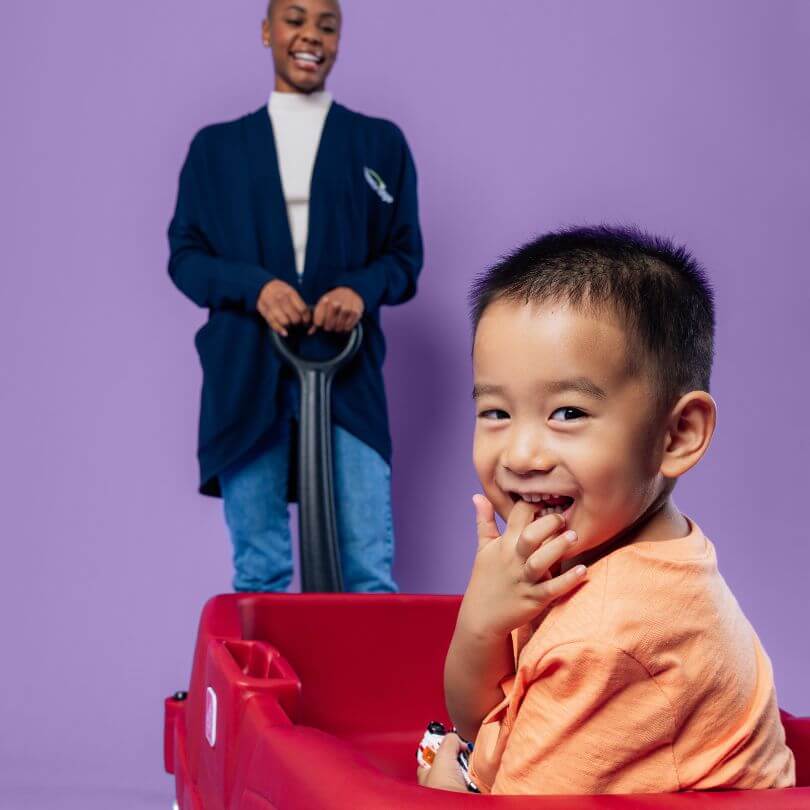
For example, Brianna worked with a child whose family was originally from a country in Africa where they were accustomed to eating with their hands and therefore did not use utensils in the home. She was not aware of this at first, so during her consultation, she noticed the mother trying to use a fork and could tell it was new to her.
In instances like these, behavior analysts should have an open conversation with the families to give them the opportunity to decide whether it is beneficial for the child to continue working on this specific skill for their future. (Spoiler alert: they did, and the mom had fun learning to twirl noodles on her fork for her child!)
This is partly why individualized plans of care, like those we create for our children at Hopebridge, are crucial. They give our clinicians the openness and flexibility to work with the families on the goals that are most important within their lives.
This type of personalization came into play while serving siblings whose family spoke Spanish in the home. When they first came to the center, Brianna remembers they cried often and were not able to follow directions, even after months in the center. To get to the root of their behaviors, she came across several articles that support teaching skills in the child’s primary language, then generalizing it to the new language. She decided to give it a try.
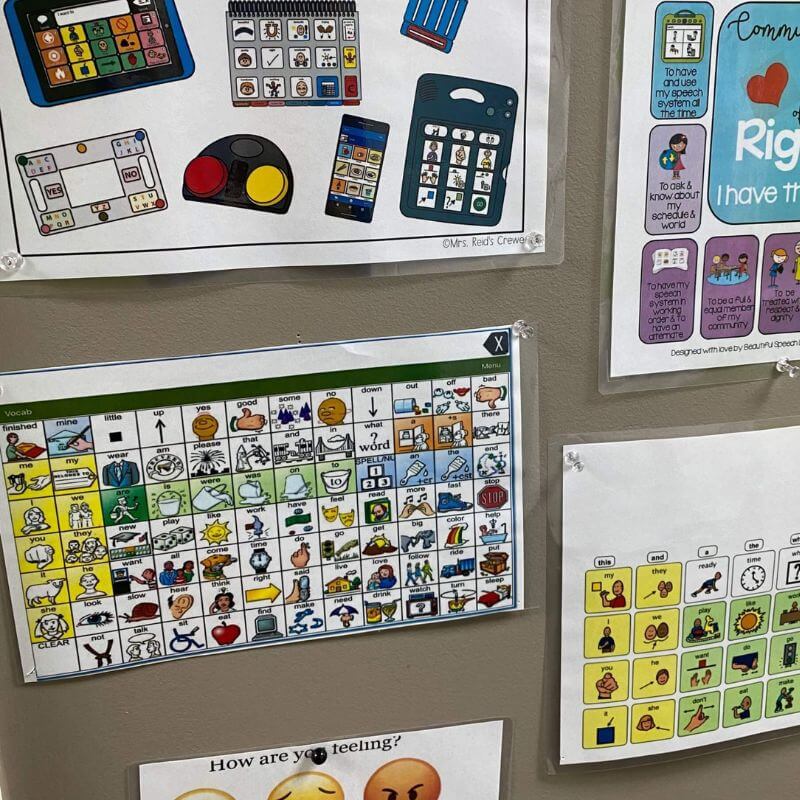
She collaborated with Ninna to implement bilingual therapy, starting with basic receptive directions in Spanish. The kids started to listen and understand! Now years later, the children are able to follow directions, use AAC devices and communicate their wants and needs effectively.
“It was amazing to watch their progress. We bridged those bumps in the road. These kids were represented and heard. It showed me how important it is to make accommodations for everyone, while also helping me learn and grow in the field,” said Ninna.
Just that one change opened their world and helped them engage with others. Overcoming the language barrier also helped the team build trust with the family, which was then able to participate in family guidance sessions and generalize skills to the home. It was more fulfilling for everyone involved.
Brianna considers herself lucky to work with RBTs from different backgrounds, who have provided insight to support her in understanding and navigating the various cultures on her caseload.
For instance, an RBT of Indian descent assisted her as she started with the basics with some families. Some of the parents with similar backgrounds had difficulty accepting their child’s autism diagnosis because they did not want the community to look down on them. Brianna worked on how to explain autism and break it down so they could see that the diagnosis is not the end, but rather the beginning for their child.
The best way to create culturally aware children is to talk about different experiences and provide opportunities with different people.
“ABA is all about behaviors and patterns. Analyzing our workspace leads to cultural unity, which helps us grow together versus separately,” said Ninna. “We should work to educate ourselves for kids of certain backgrounds, then come together to tackle the challenges as a team.”
To deliver services that respect and honor diversity and culture, we must increase our cultural competence and responsiveness, both as clinicians and as an organization. We can do this by broadening our awareness, knowledge and skills in these areas. Here is what this looks like:
“Culture is so easy to define on paper, but to make sure you’re being mindful of every aspect of a person’s culture takes more work,” said Brianna.
It’s understanding that in some cultures, individuals are not expected to make their bed, and in others, parents may choose to feed their children until they are into their adult years. It’s making sure therapy teams are aware that certain times a year, if a child comes in hungry, it could be because they are fasting for religious purposes. It’s highlighting holidays that may not be our own. It’s understanding that even the “culture” between two centers may look different from each other!
Here are some additional ways the Hopebridge team makes efforts to be culturally responsive:
Brianna and Ninna note that it’s also important to expose children to people who are different from them because we don’t know what kind of life experiences will influence them in a positive way.
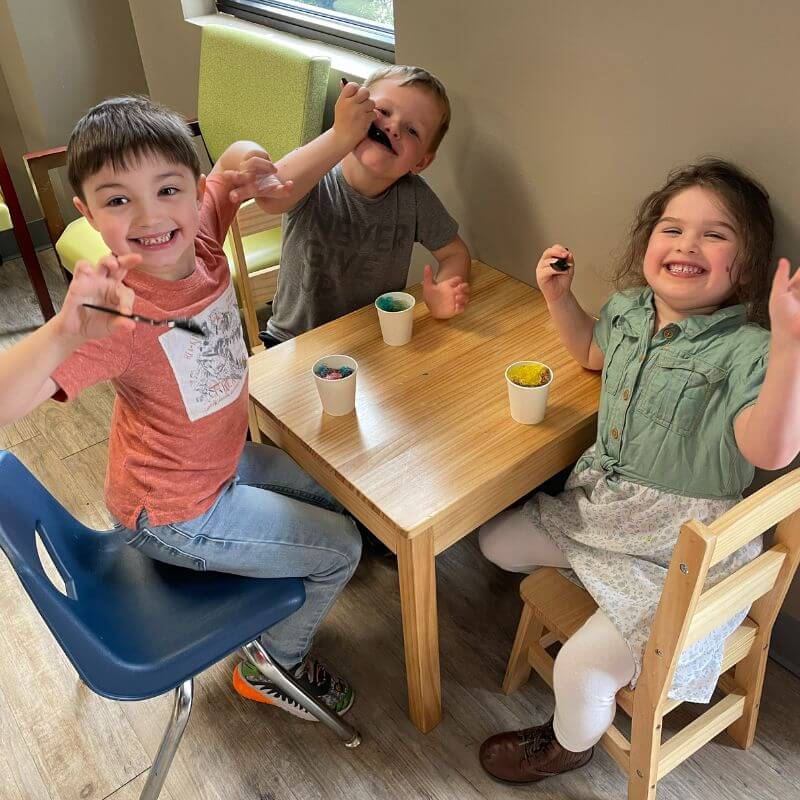
“Kids interact with nonjudgmental mindsets. They enjoy a person’s company; not because of the color of their skin or the things that they do, but just because they enjoy being around them,” said Brianna. “It’s really cool to not only teach these kids skills, but to expose them to a multitude of opportunities to learn from the personal experiences of their therapists.”
One of Brianna’s favorite stories is when a family told her how meaningful it was that the Dublin center was so diverse. Their child, who is biracial, had the opportunity to have a therapist who looks like her mom, another who looks like her dad, and Brianna as her BCBA, who the mom said looked like her daughter. They were happy to have clinicians of different cultures and genders to help shape who their child is as an individual.
Ninna has a similar story. Her first patient’s family was from Albania. His grandmother would pick him up from the center.
“She had no idea what we were saying, but we used nonverbal behaviors to communicate about her grandson. We built a beautiful relationship and tried to help each other. It was real acceptance between us,” said Ninna.
“Right now, I’m the only Spanish-speaking therapist in my center and I’ve chosen to make it my duty to advocate for the Latinx community. In an ideal world, every clinic would have someone from each culture represented, but since that may not always be possible, we need people to advocate for each other’s communities,” said Ninna.
“That’s one of the things I like about Hopebridge. We’re trying to bridge those gaps by becoming culturally literate. We accommodate everyone and work to serve them in the best way possible, which means taking their backgrounds into consideration.”
Whether you want to join our mission to give children with autism the best opportunities in life through a job at Hopebridge, or you’re looking for your child to receive top-quality, personalized care, reach out to us. We keep culture in mind with all of our services, from autism testing to ABA to occupational therapy and more.
*Informed consent was obtained from the participants in this article. This information should not be captured and reused without express permission from Hopebridge, LLC. Testimonials are solicited as part of an open casting call process for testimonials from former client caregivers. Hopebridge does not permit clinical employees to solicit or use testimonials about therapeutic services received from current clients (Ethics Code for Behavior Analysts 5.07-5.08; BACB, 2020). Hopebridge does not provide any incentives, compensation, or renumeration for testimonials provided by a former client or client caregiver.
Autism Therapy
September 15, 2021
Hopebridge Behavior Analysts Receive Exclusive PEAK Training from Dr. Adam Hahs
Autism Therapy
September 13, 2019
How do you Keep my Child Safe During Autism Therapy? Learn from a Hopebridge BCBA
Autism Therapy
October 02, 2020
Community Donations Spark Real-Life Learning Opportunities for Kids with Autism